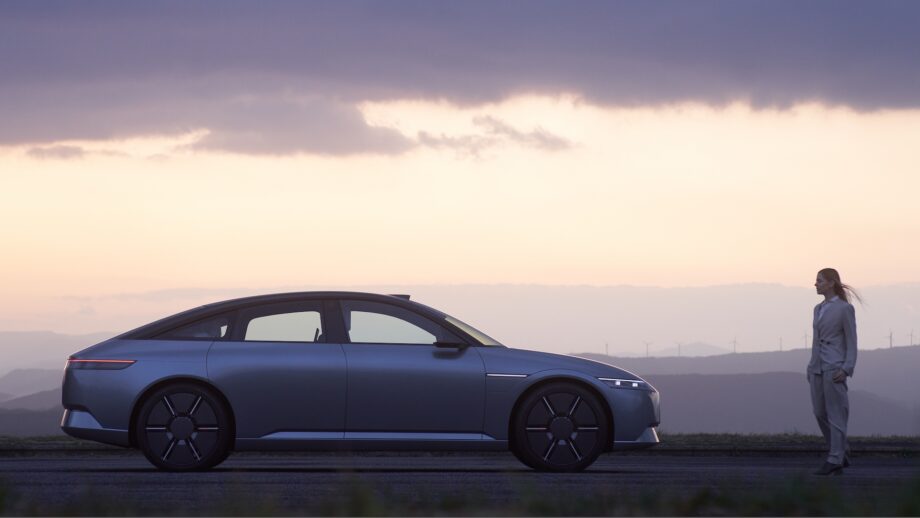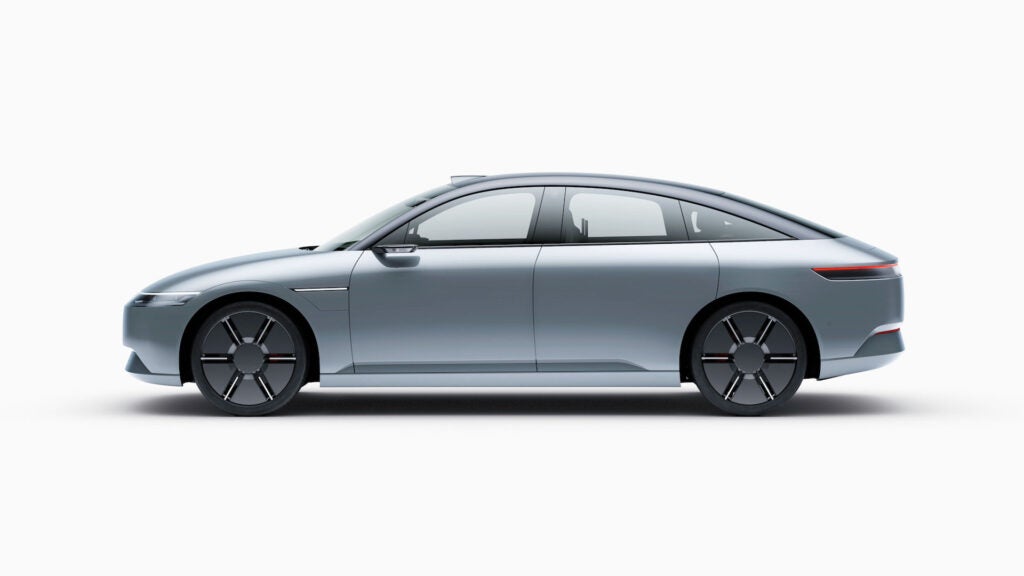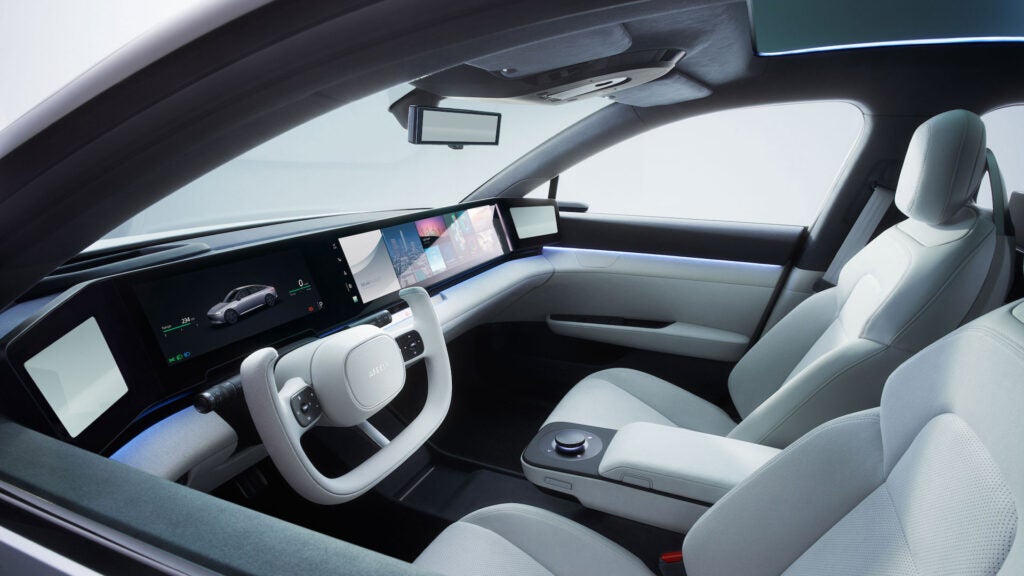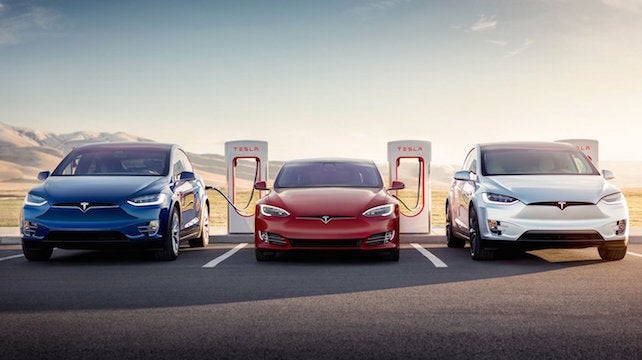Sony and Honda announce new Afeela EV prototype

Sony and Honda have announced a new electric vehicle prototype, called Afeela.
The two companies first announced their partnership in the EV space almost a year ago. The newly formed Sony Honda Mobility followed this up in October by announcing that their first joint electric vehicle would hit roads in 2026.
As CES 2023 this week, the two Japanese giants have announced the Afeela, their first prototype EV.
If you’re wondering what ‘Afeela’ actually means, SHM point out that it places ‘Feel’ at the centre of the mobility experience. We see what they did there.
The Sony Honda Mobility Afeela prototype features 45 cameras and sensors located both inside and outside the vehicle. The engine control unit (ECU), meanwhile, packs 800 TOPS of maximum computing power.

Intriguingly, the prototype is said to be capable of “seamlessly integrating real and virtual worlds” with the input of Epic Games, the maker of Fortnite.
Apparently, Afeela’s sleek exterior features a Media Bar, which appears to be a light strip “enabling interactive communication between mobility and people”.
The interior is appropriately sleek and (dare we say it) Tesla-like, with a yoke-style steering wheel and screens in pace of physical controls.
SHM aims to develop a level 3 automated drive system for its prototype “under limited conditions”, and level 2+ with driver assistance for urban driving.

As this all suggests – not to mention the lack of any traditional performance claims – SHM feels the EV market has reached “an inflection point where the elements of a car is shifting from power and performance to software, networks, and user experiences”.
SHM have confirmed that their first production model will be based on this prototype, and that pre-orders are planned to begin in the first half of 2025. Sales could commence by the end of that year, with deliveries kicking off in the spring of 2026 – at least in North America.
Sony Honda Mobility also revealed that Qualcomm would be providing SoCs (system-on-chips) for a number of the prototype’s key features.





